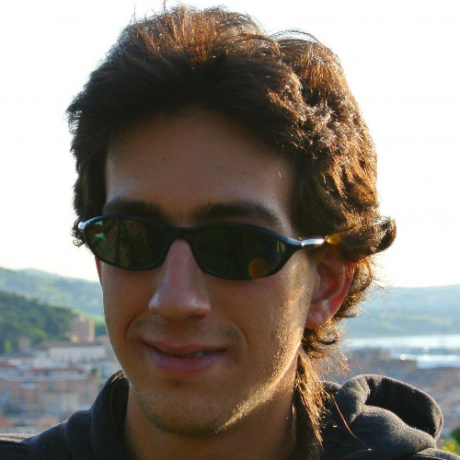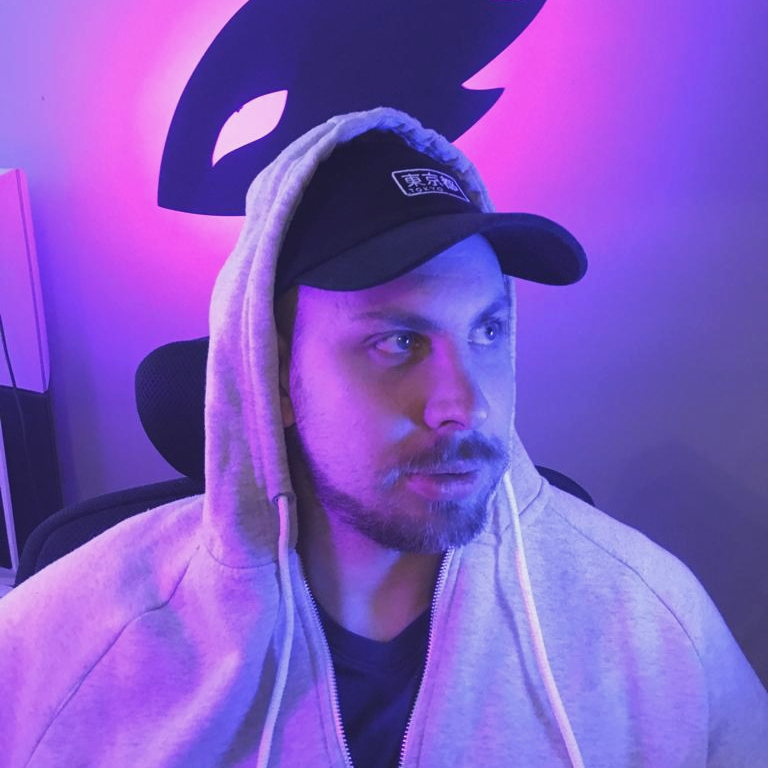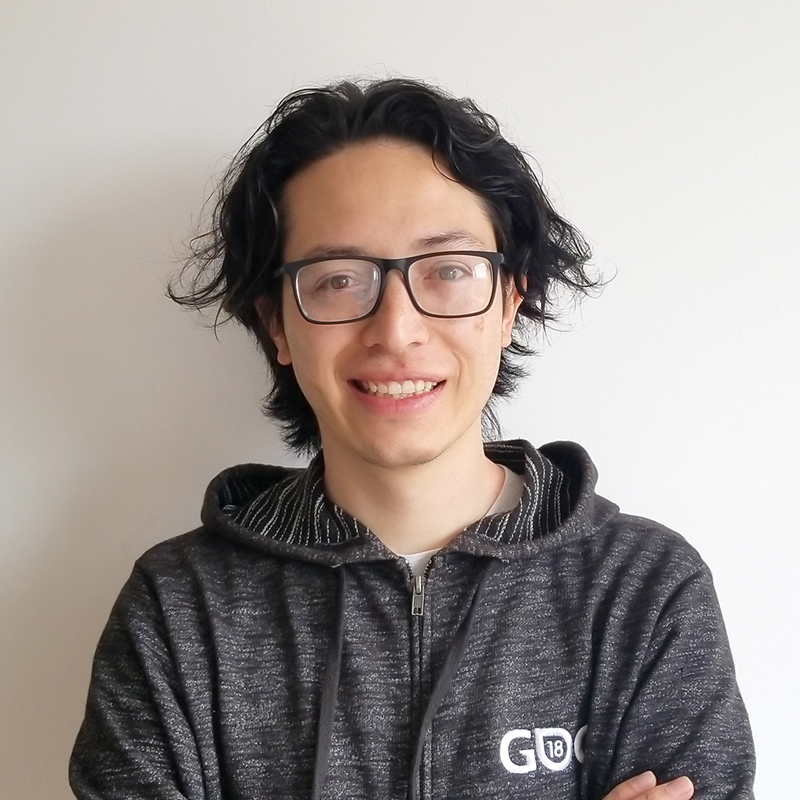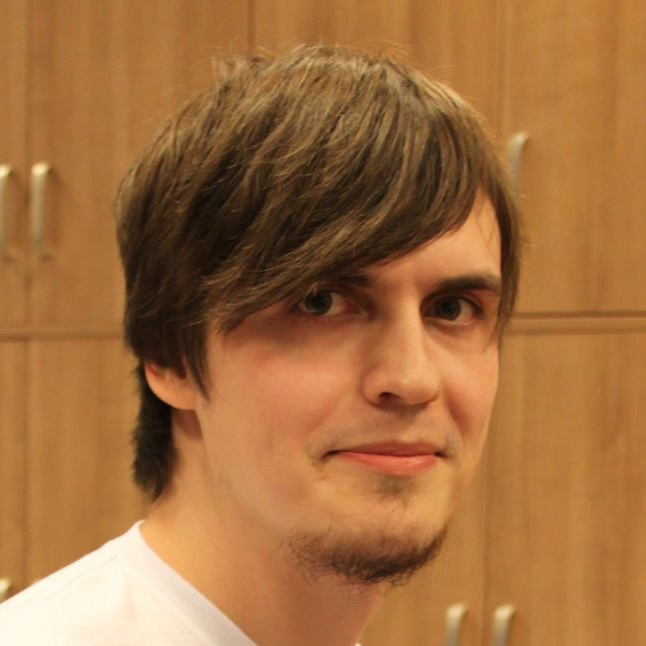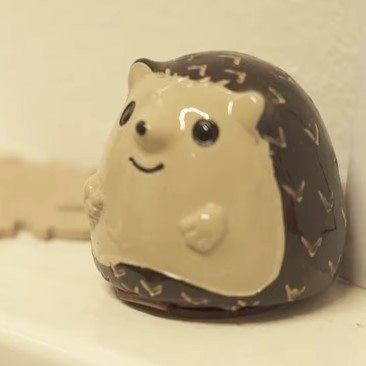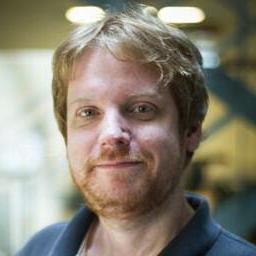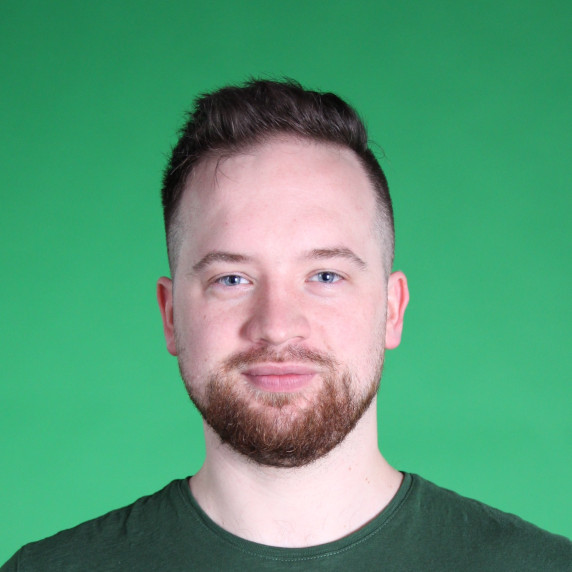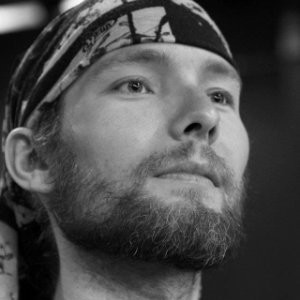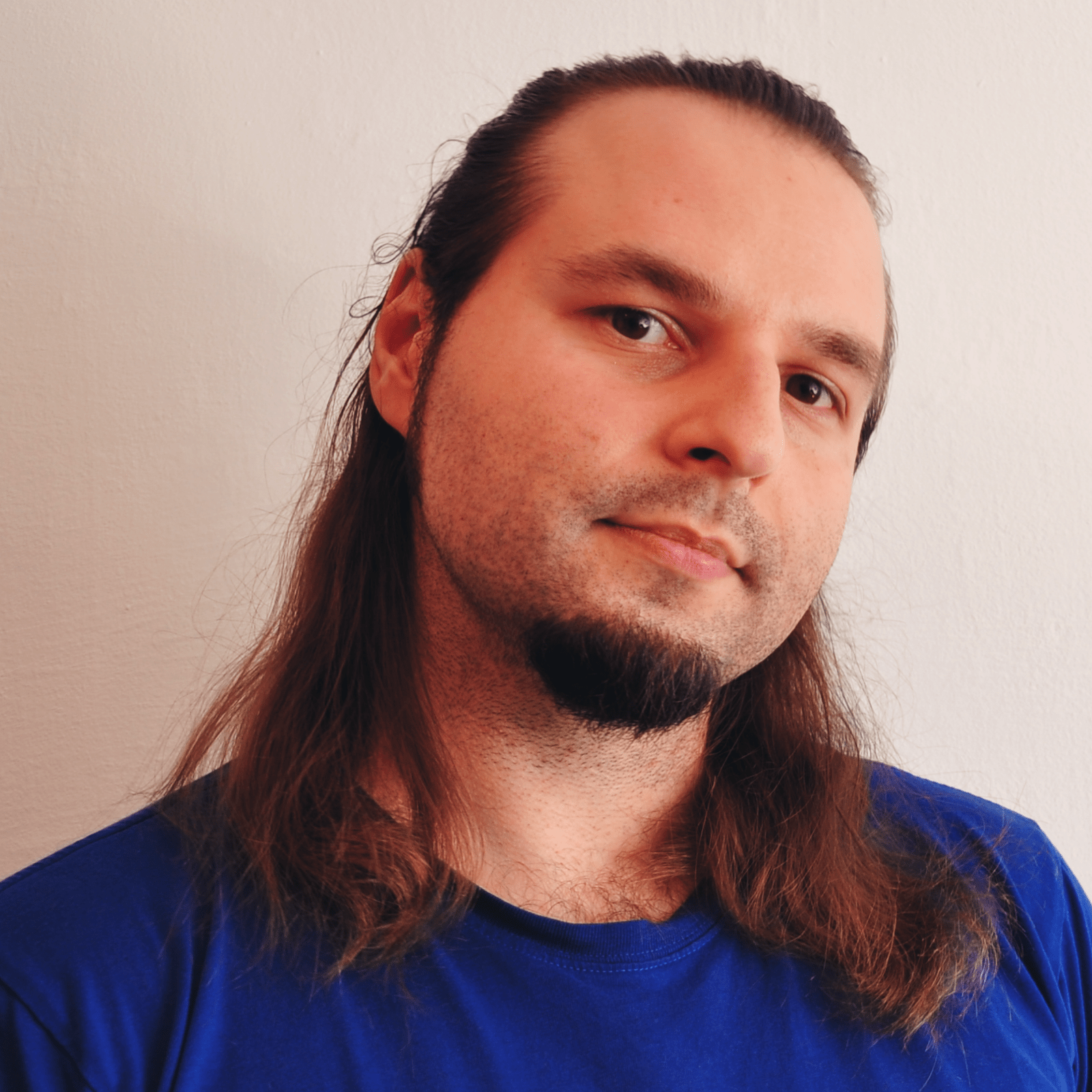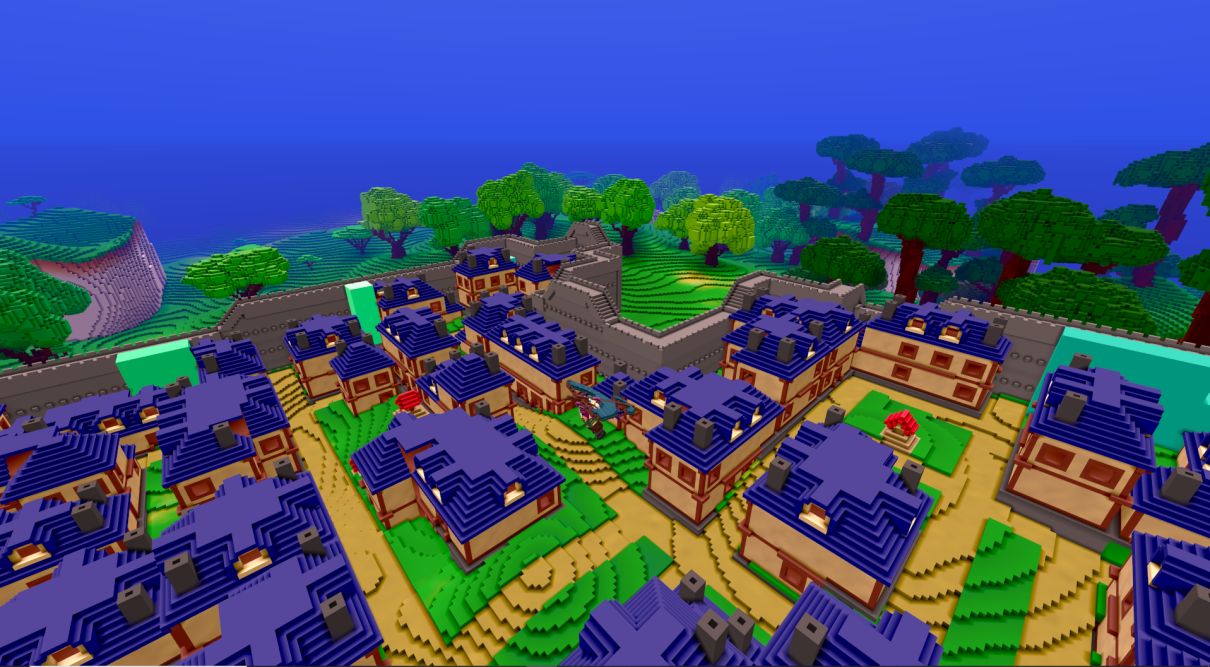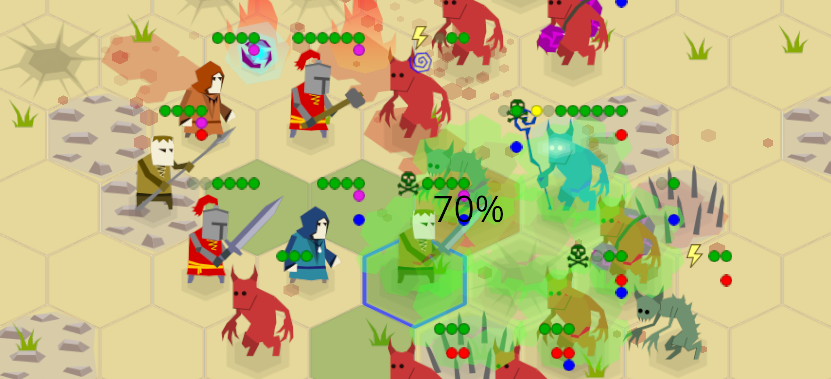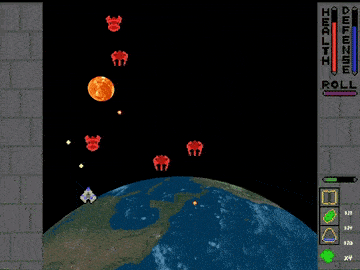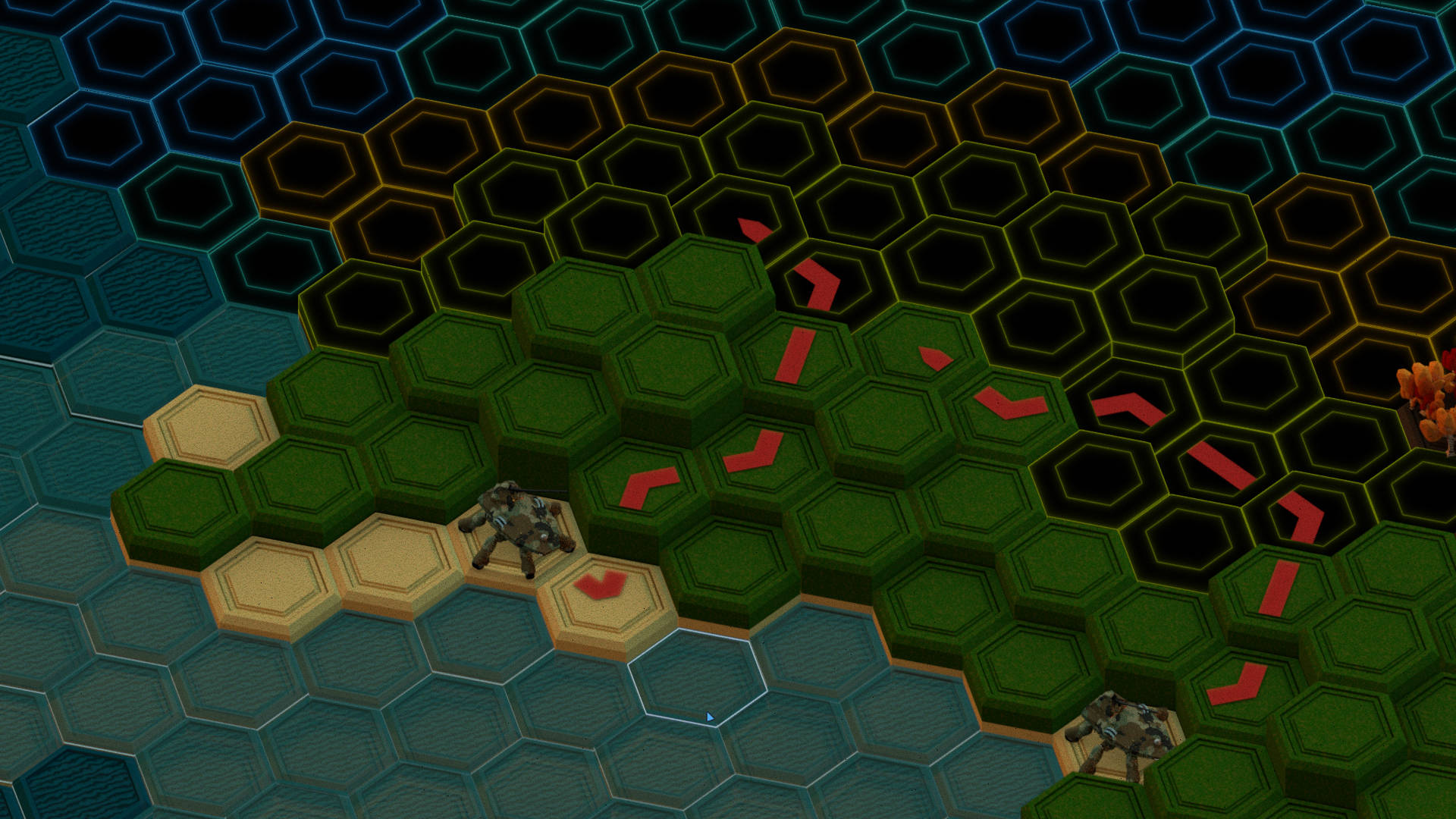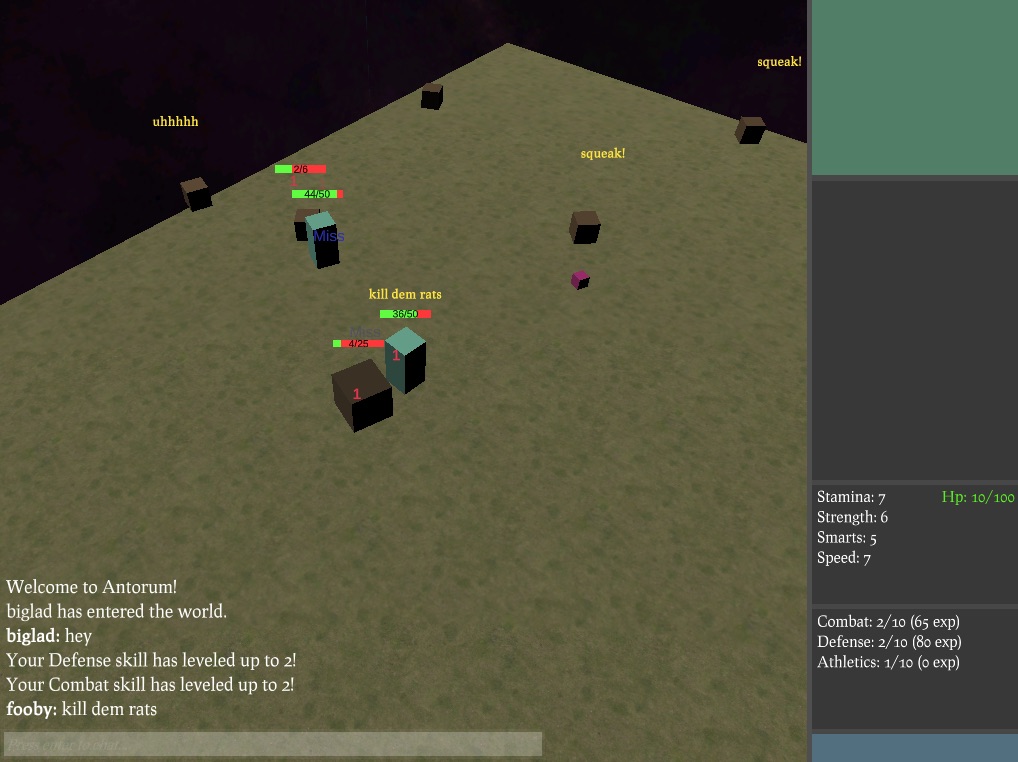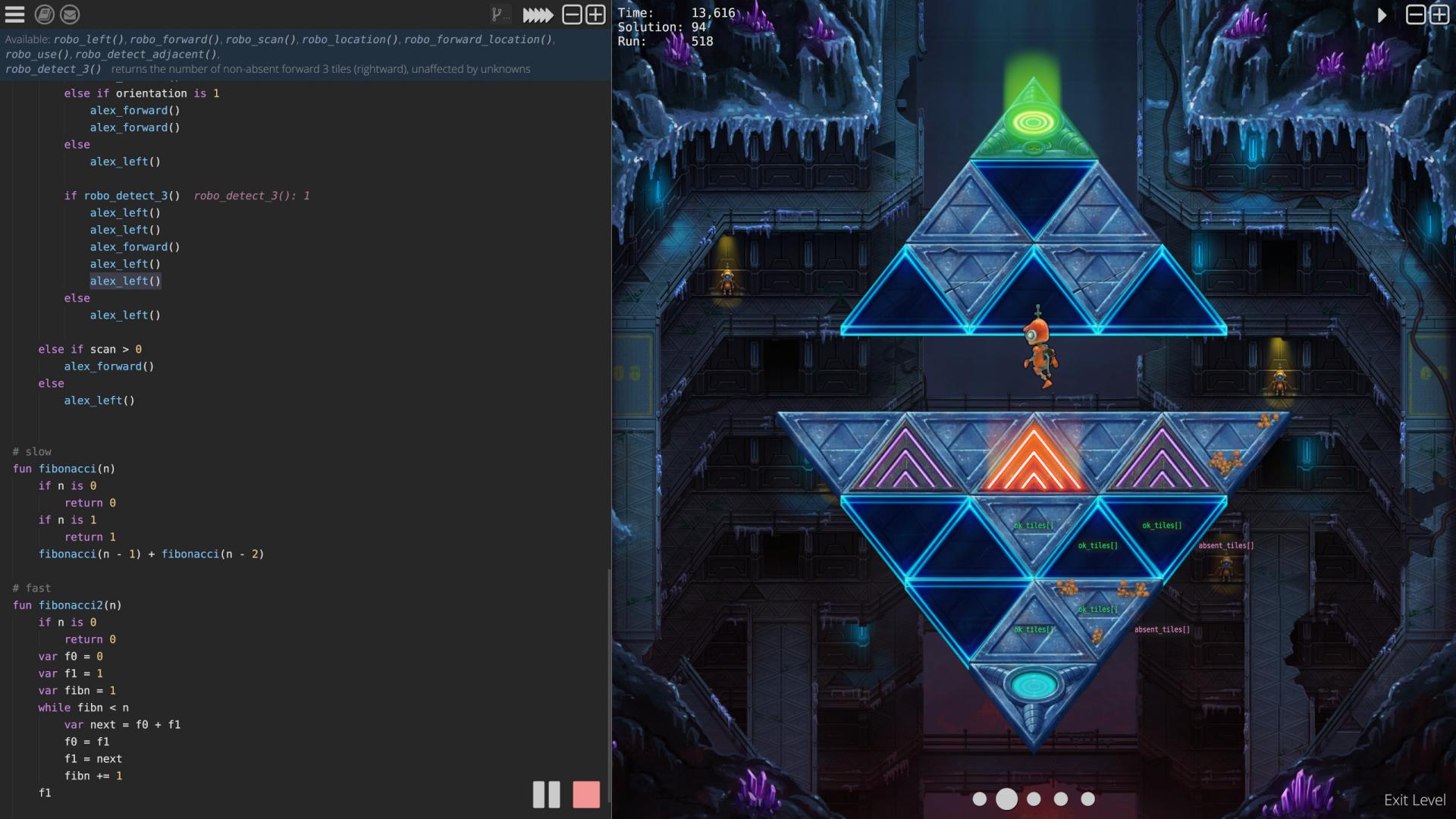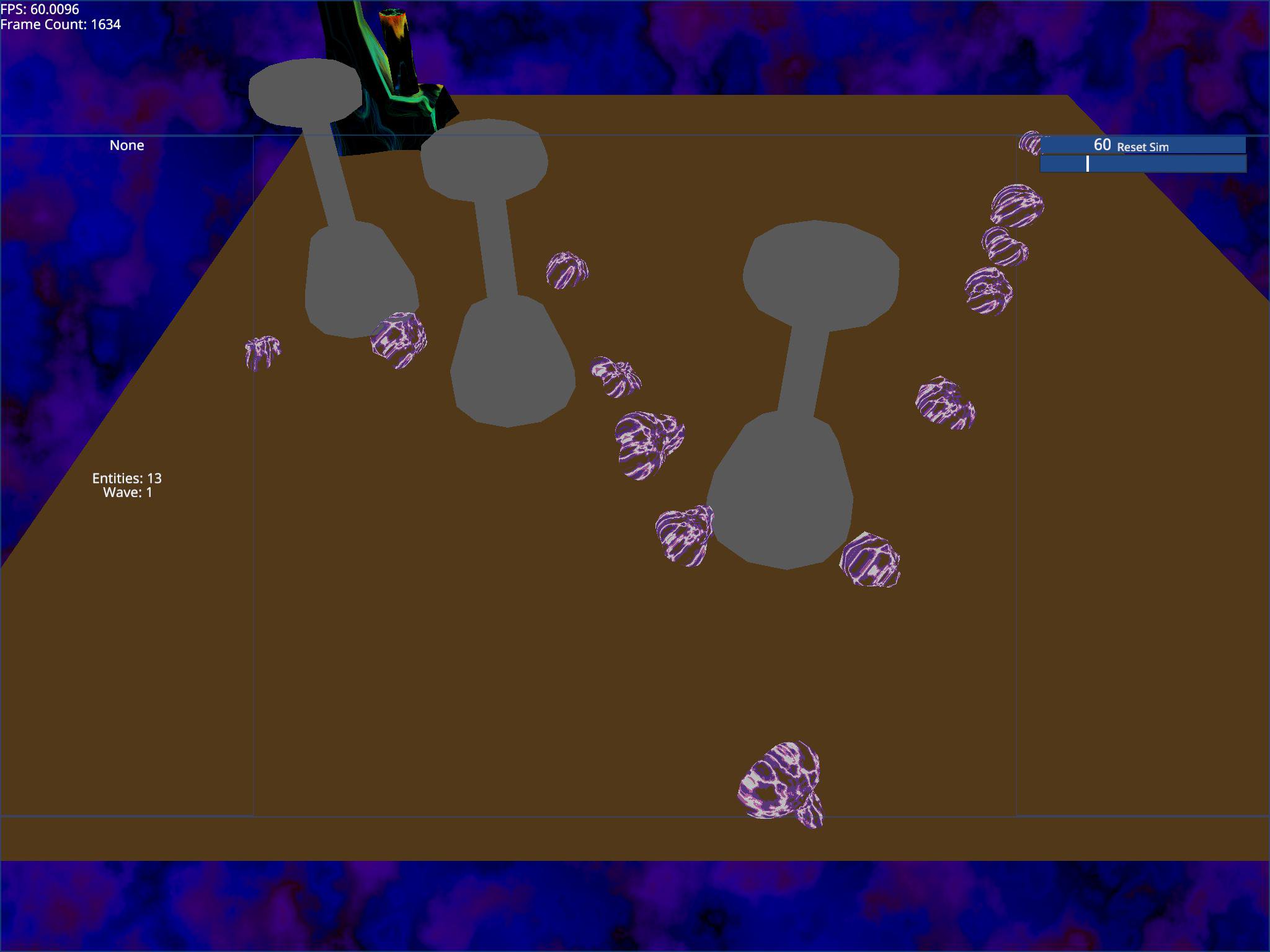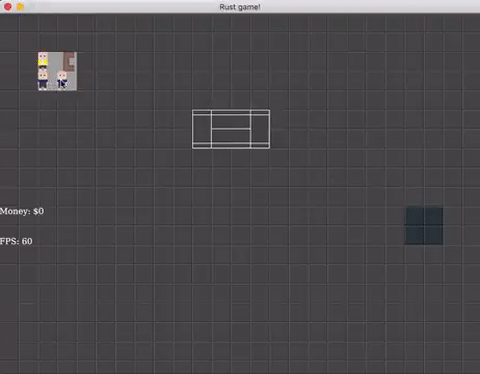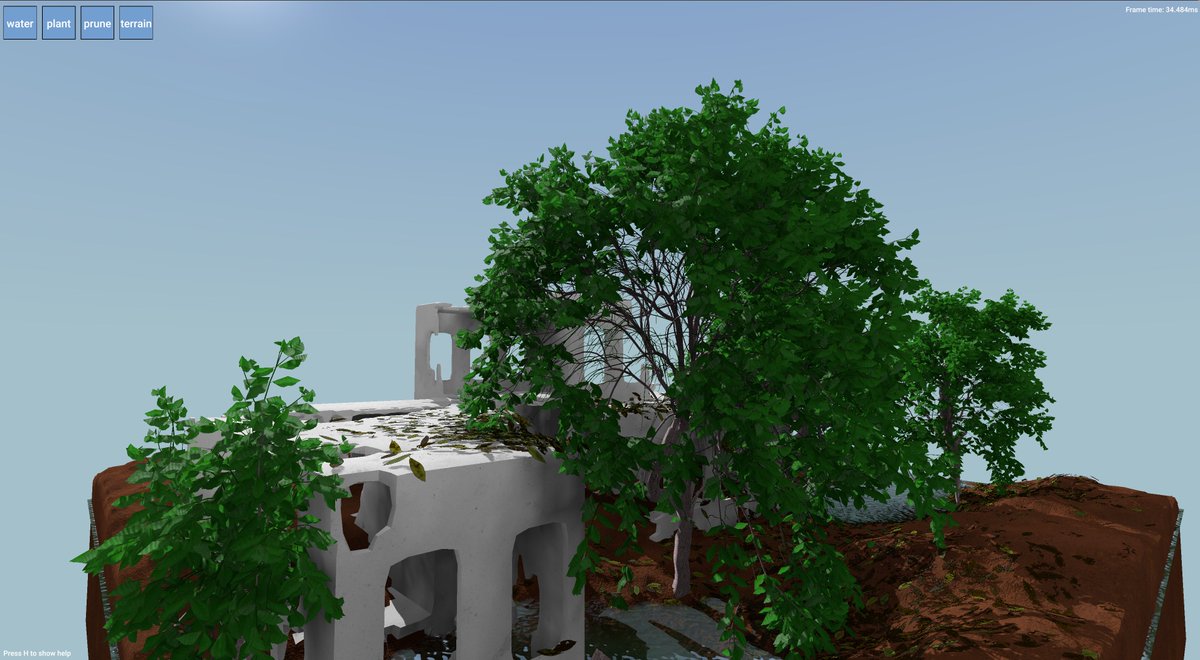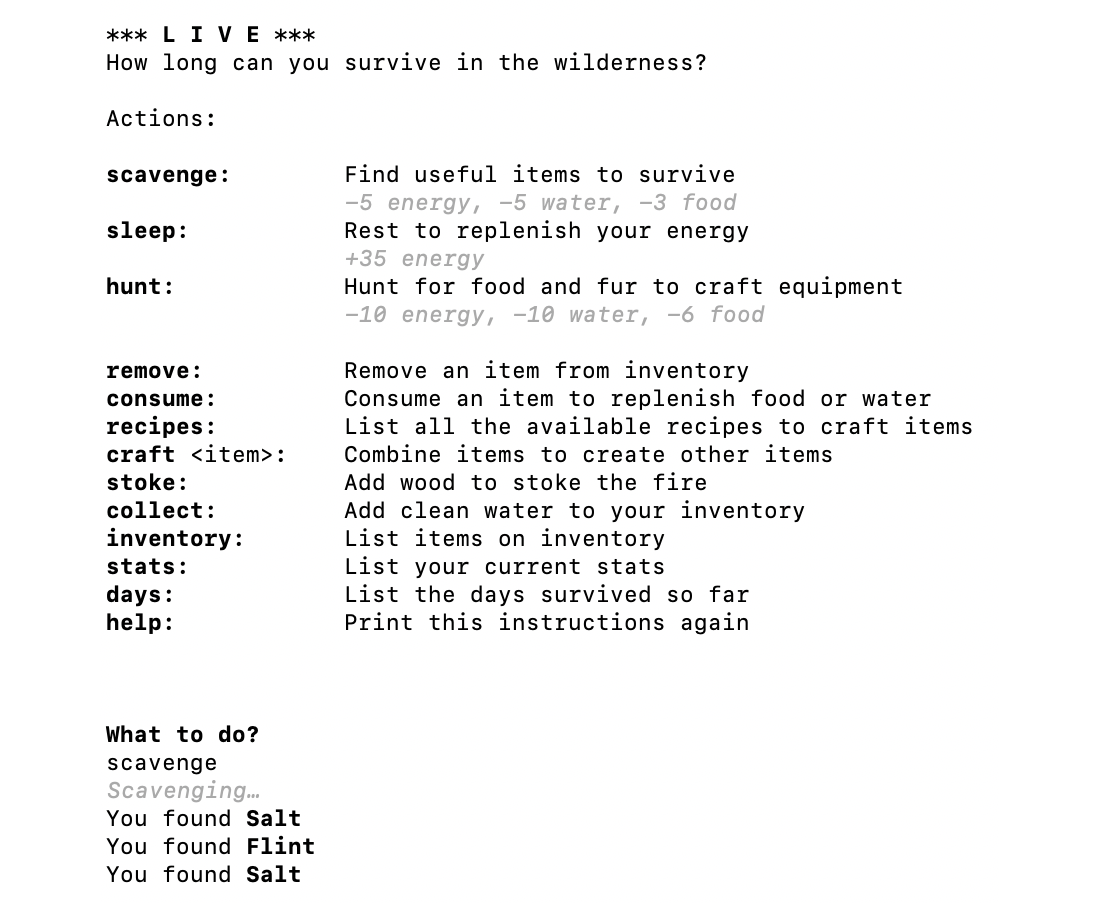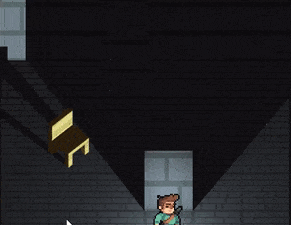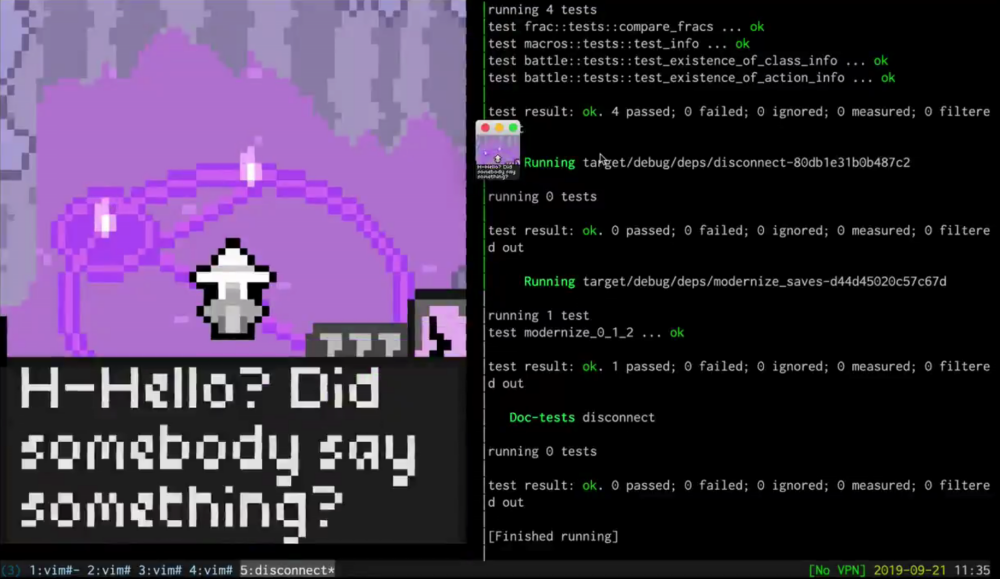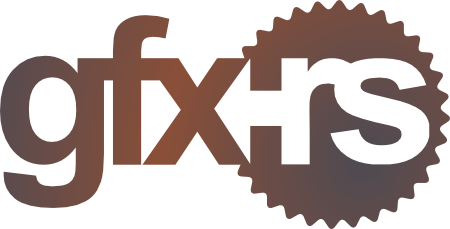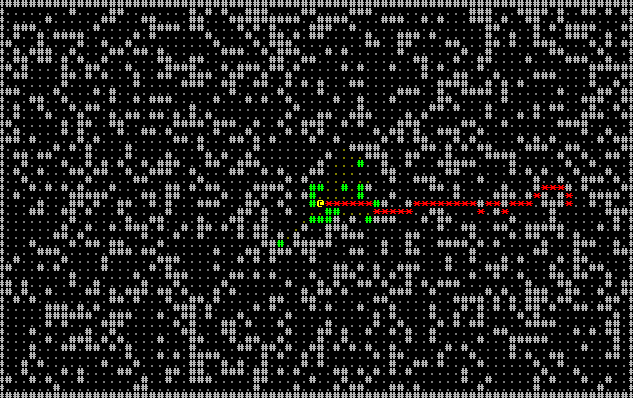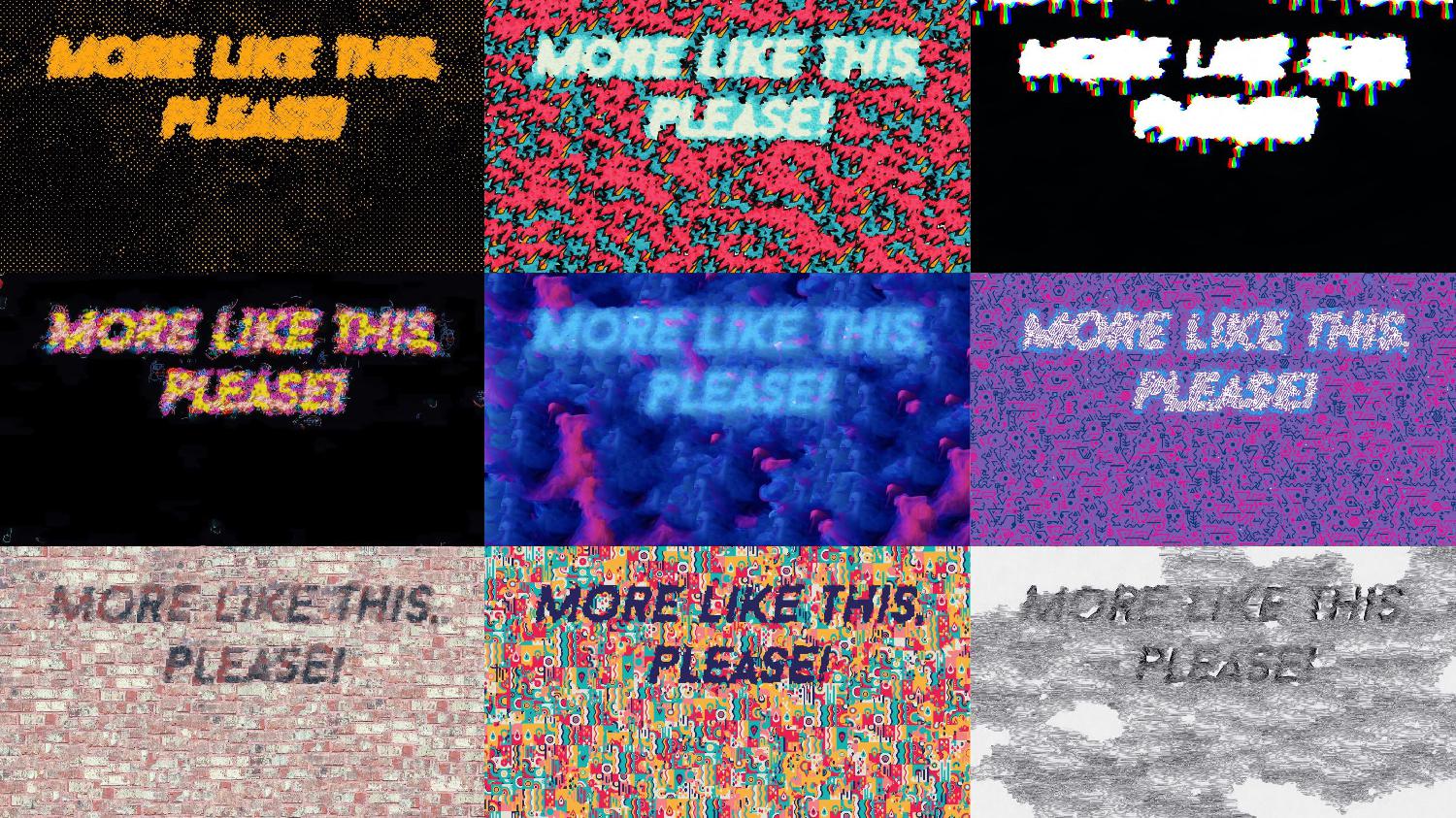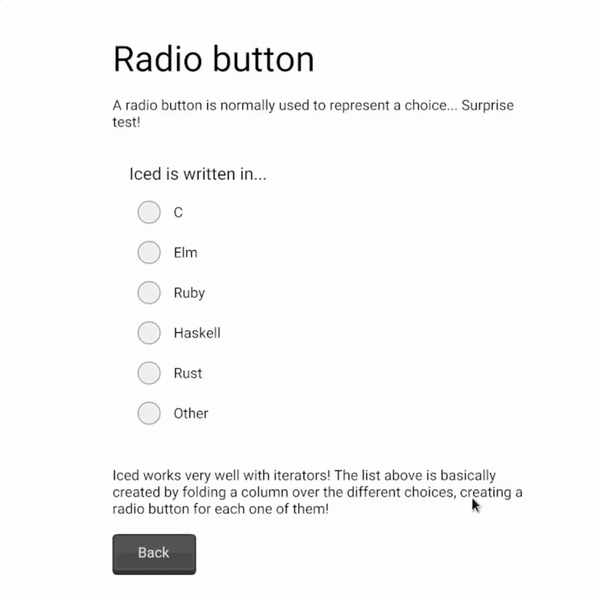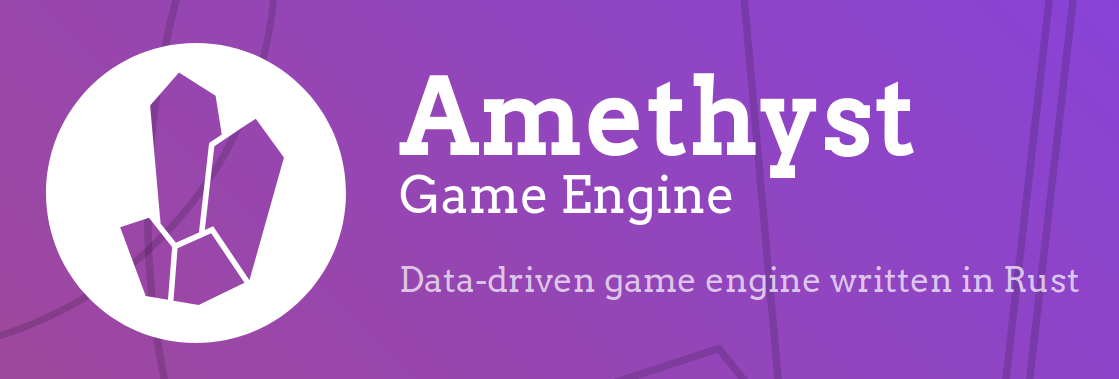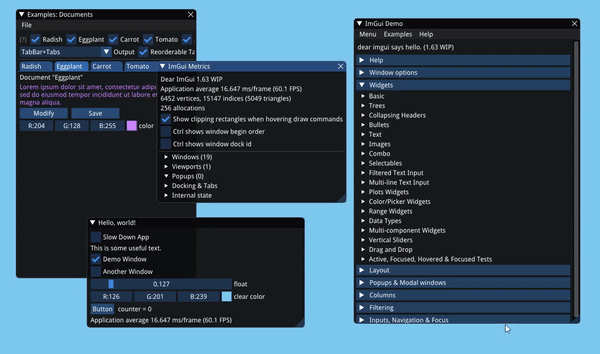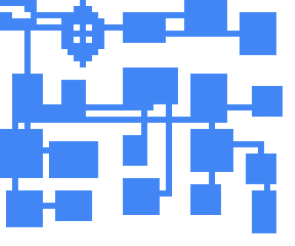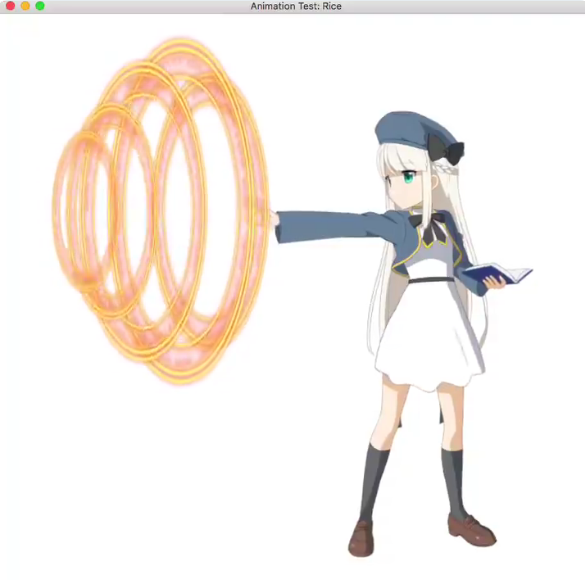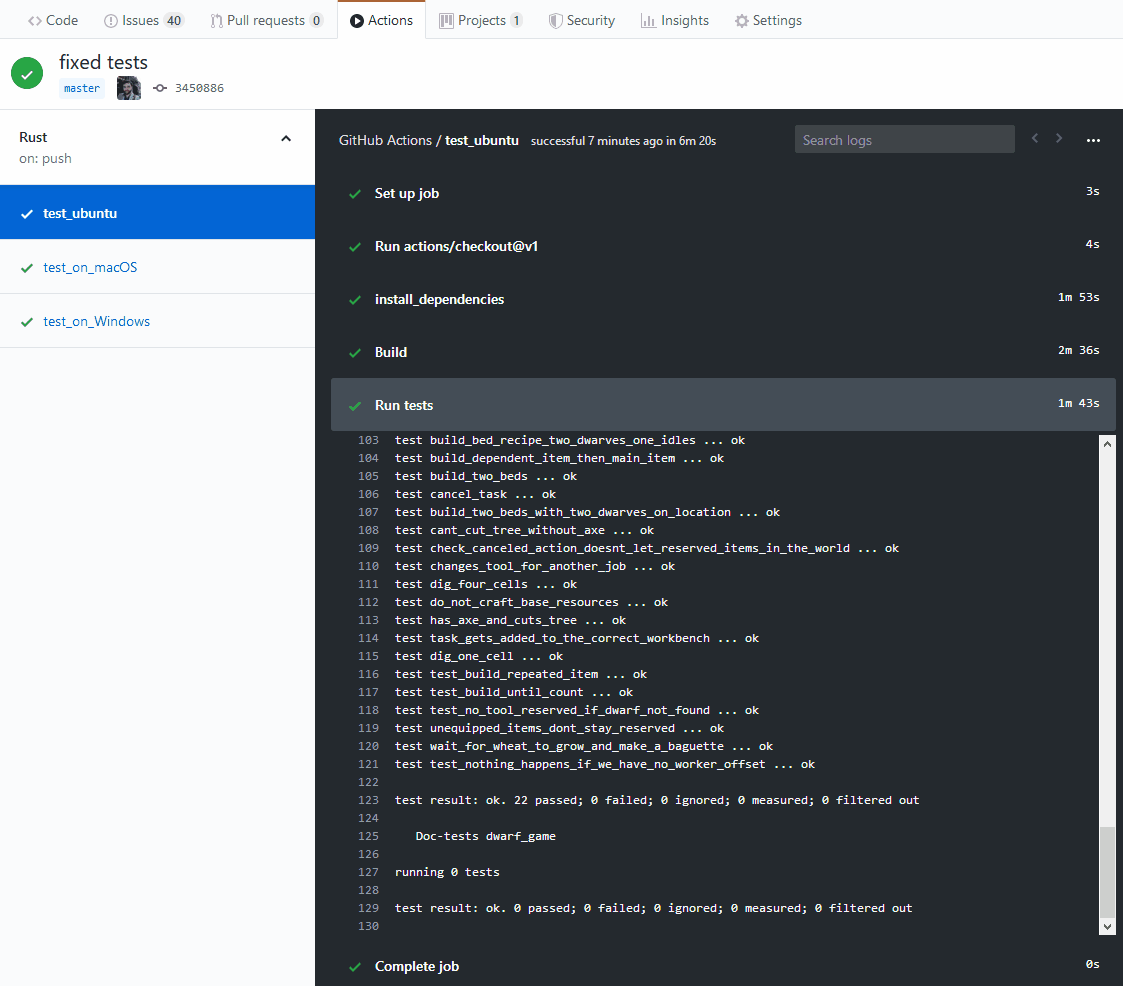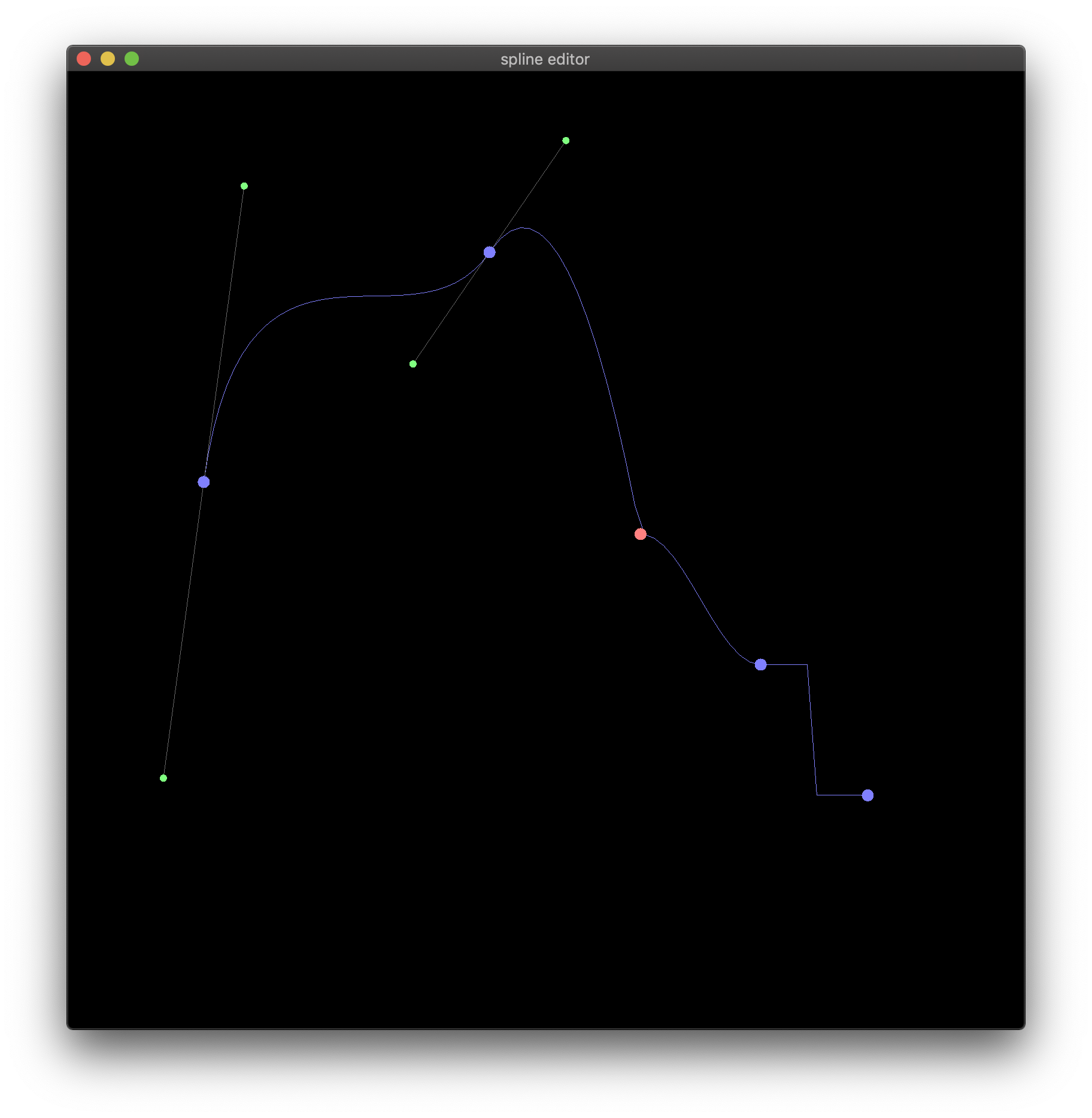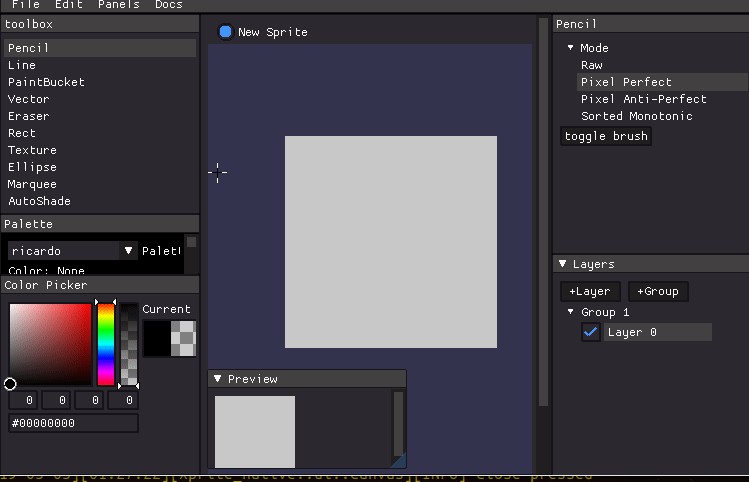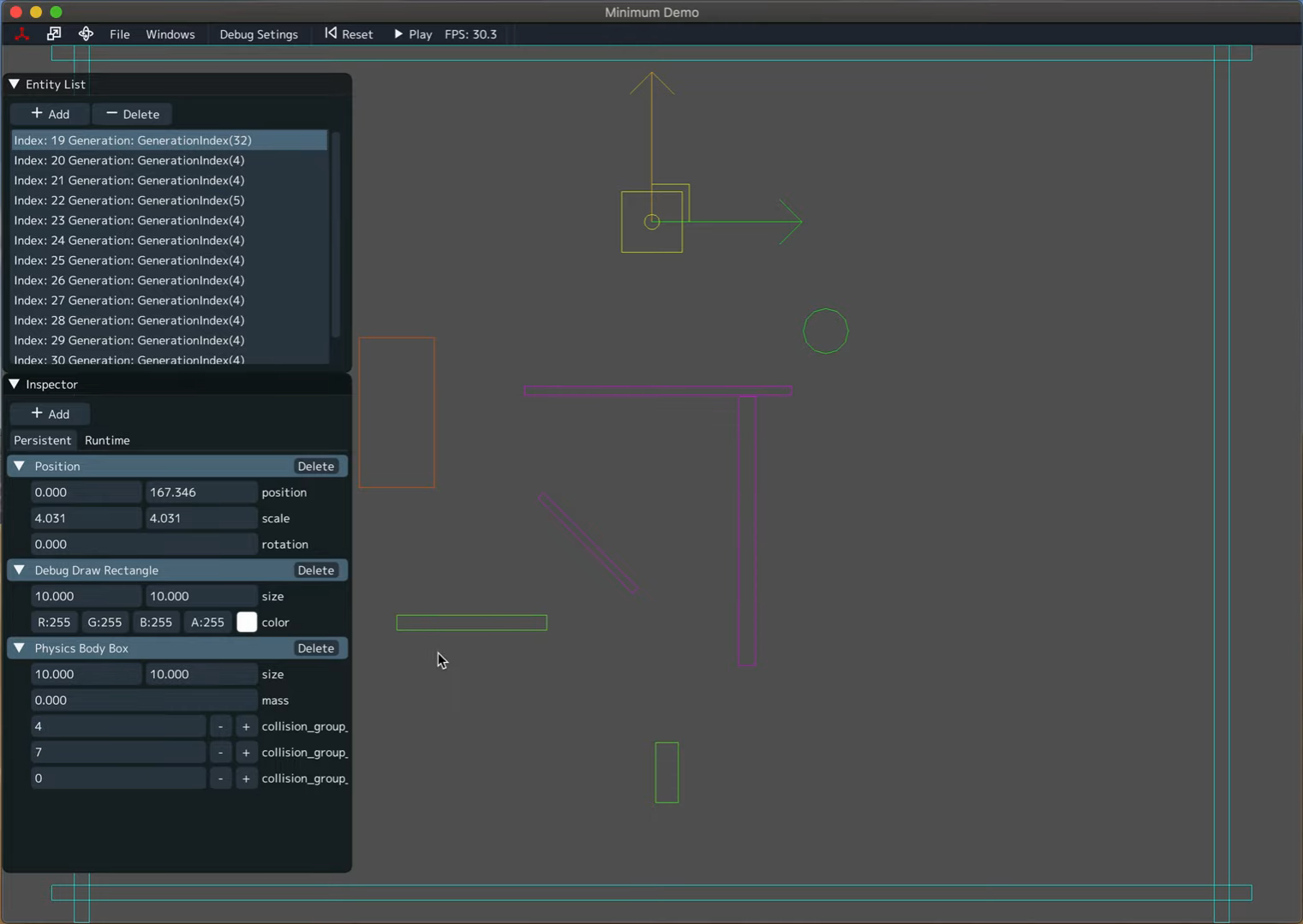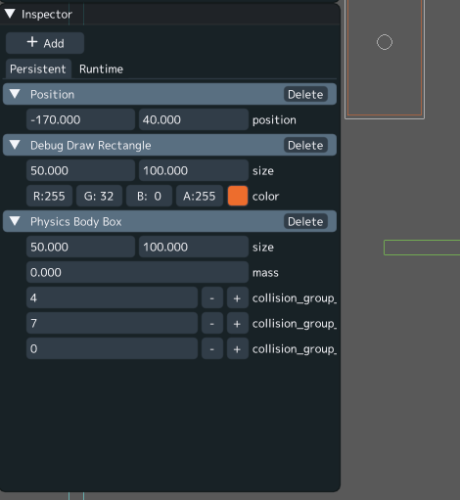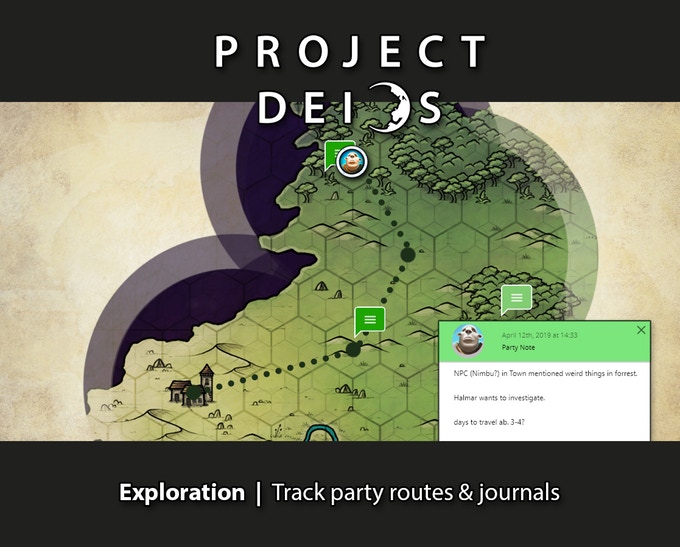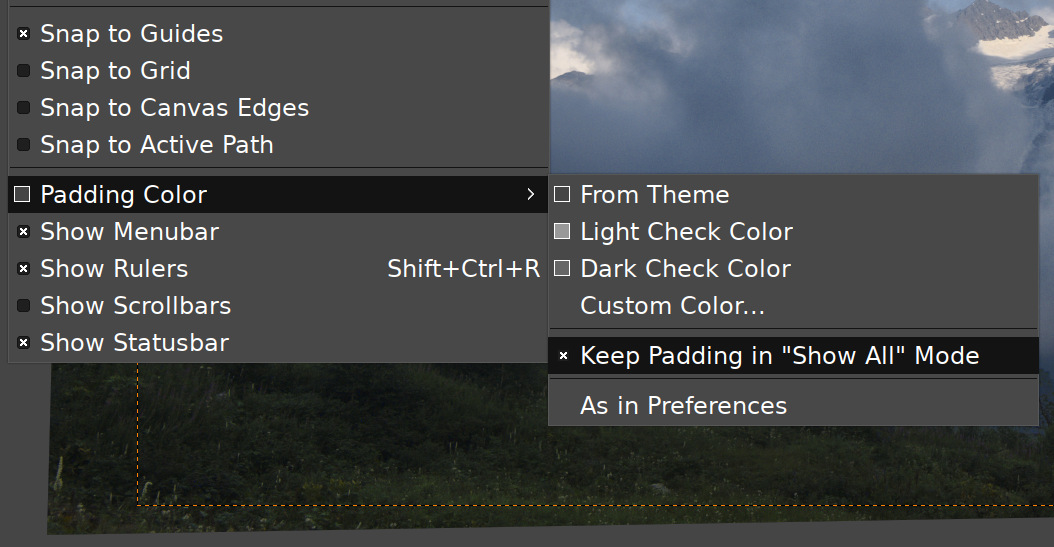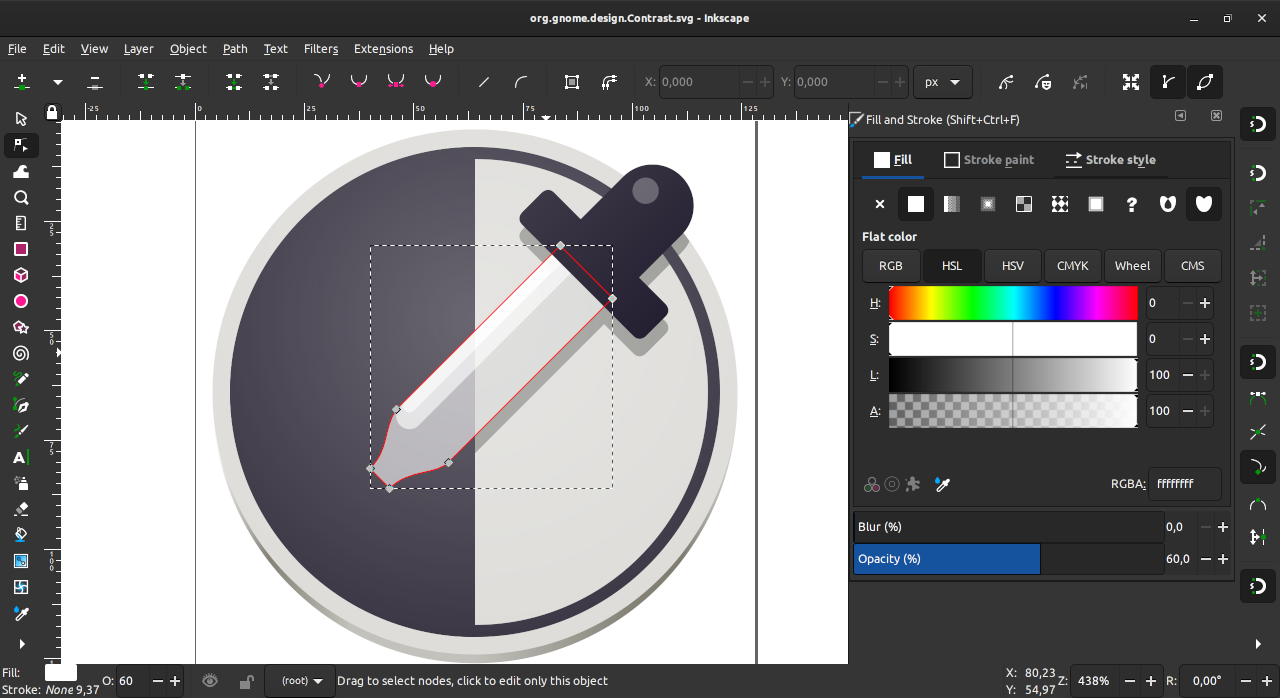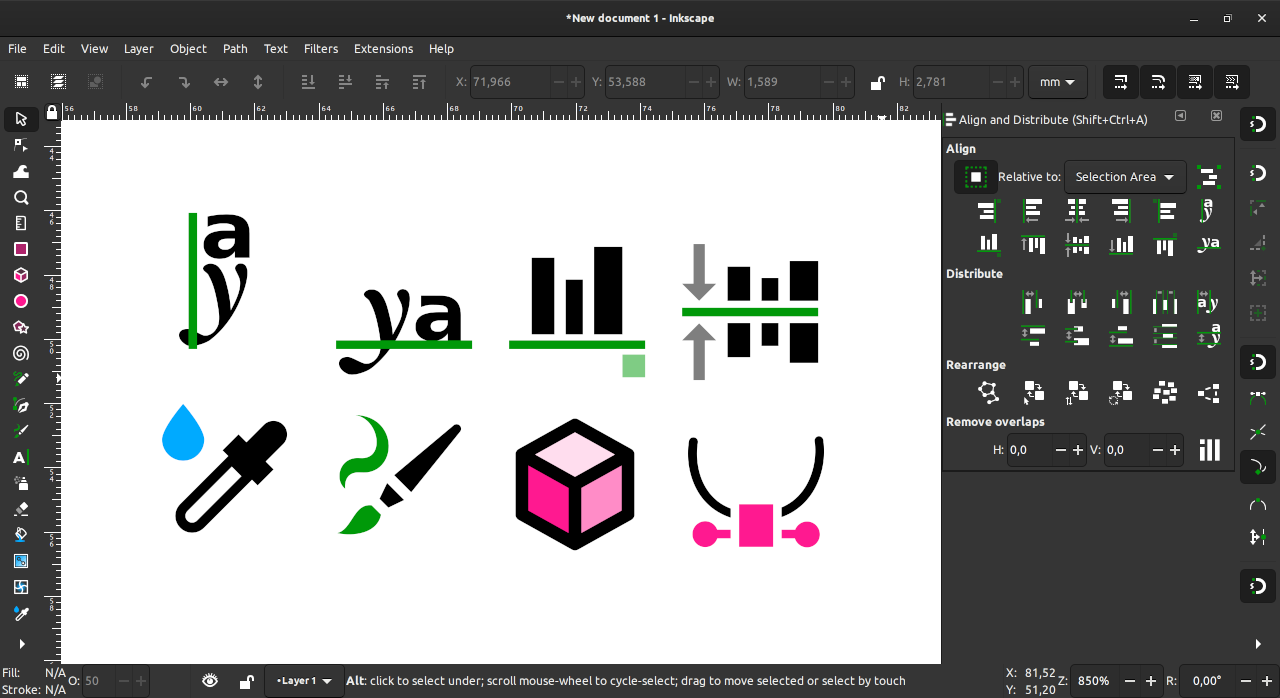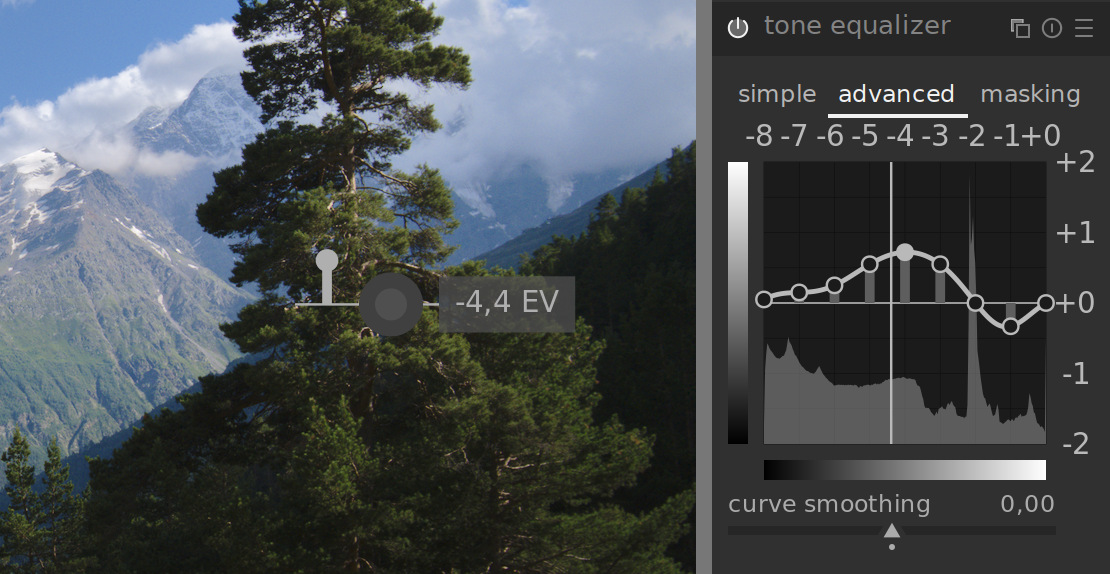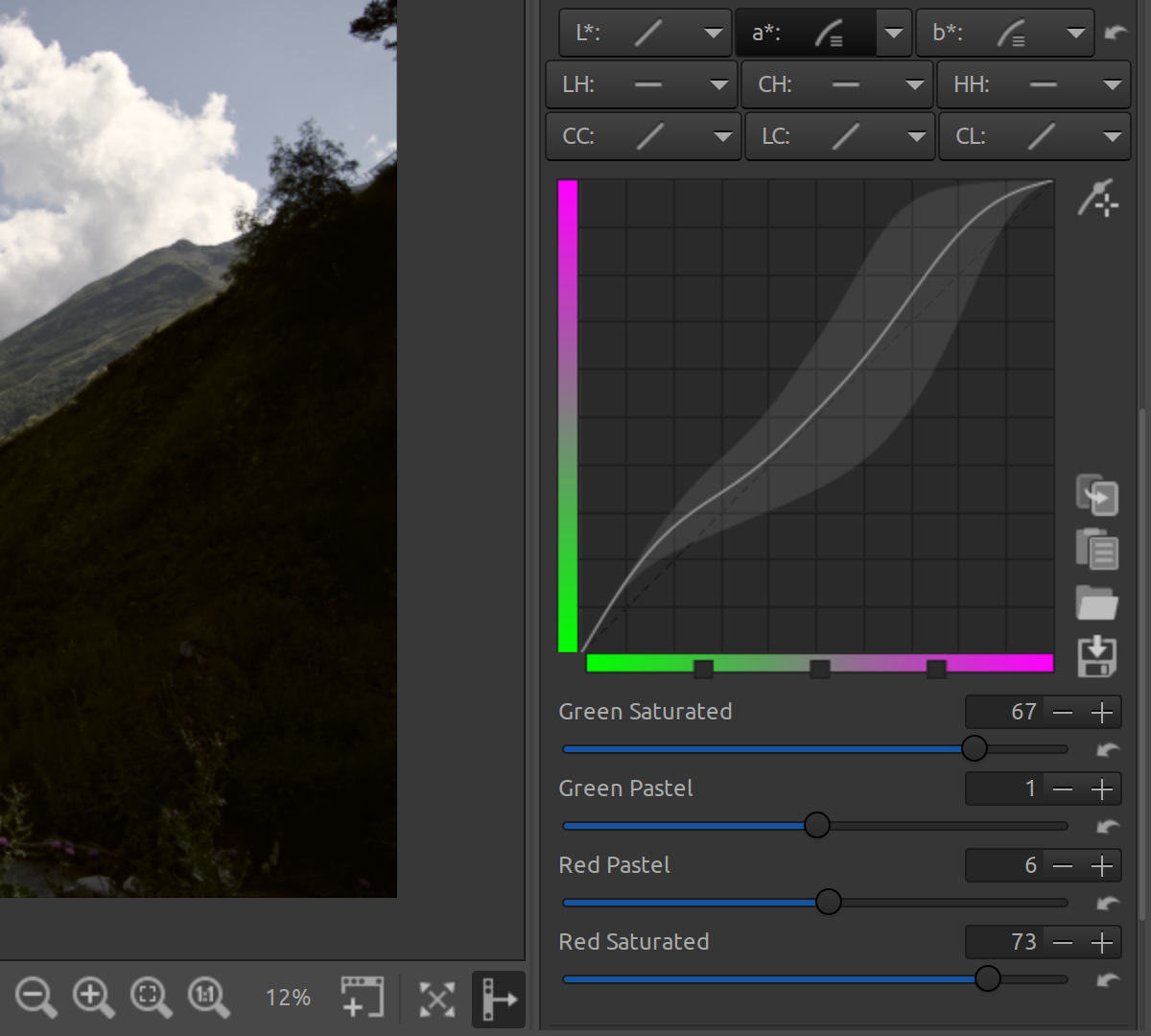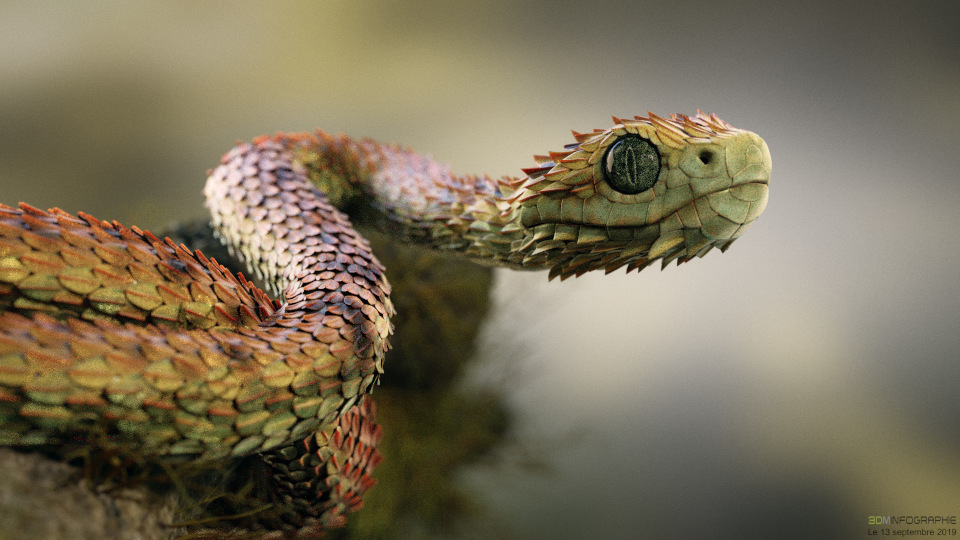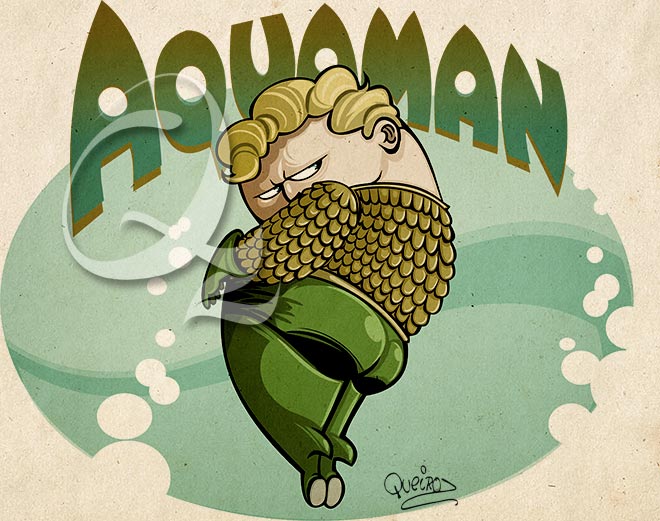Schedule for GodotCon 2019 in Poznań
Update 2019-10-16: Here is the current schedule with time table: Link to PDF.
Livesteam of the event is online on YouTube.
As announced a few months back, we are organizing a Godot Conference (GodotCon) in Poznań, Poland next week, on 16 & 17 Oct 2019. We expect close to 90 attendees, so this should be a great event!
Thanks again to the organizers of the Game Industry Conference for hosting us as a pre-GIC event, as well as hosting the Godot Sprint on 14 & 15 Oct at the same venue, where engine contributors will meet to work together, discuss the roadmap for 4.0 and future releases and many other technical topics 🙂
Below you will find the preliminary schedule for GodotCon Poznań, as well as a short description of the talks and the speakers. The order of the talks is still likely to change, and a few more talks may be added as we often get last minute proposals (especially from core contributors who tend to prefer making Pull Requests over preparing talks ;)).
Note for GodotCon attendees: Always refer to the Events page when in doubt about specifics regarding the event (time, location). We’ll update this page in priority whenever there is new details (especially more precise indications about how to find the conference room).
For people who cannot attend GodotCon, do not despair―we plan to have a livestream on Godot’s YouTube channel, which will also be available in replay.
GodotCon schedule
Update 2019-10-16: Here is the current schedule with time table: Link to PDF.
Livesteam of the event is online on YouTube.
Note: This is currently an unordered list of talks we will have. This post will be updated with a plan for when each talk should be in coming days.
-
Demo: Diving into the Vulkan: Presentation and demo of the Godot 4.0 rendering backend | Juan Linietsky (reduz)
- Juan will show us the current state of the (work-in-progress) Vulkan branch, and explain how it was designed and the main differences with the Godot 3.x backend. He will show new features such as the reworked Global Illumination probes, anisotropy, and how a project like the TPS demo fares on Vulkan.
-
Talk: Creating open games together with Godot | Nathan Lovato (NathanLovato)
- At GDQuest, we’ve learned to make free software creating small demos, tools, and tutorials for the community. This year was essential for us as we focused on complex projects and learned to work as a team. The next step is to build free and open-source games that both go beyond entertainment and benefit the community. Everyone is welcome to join us on this journey to become better game developers and create meaningful projects together.
-
Talk: GPU procedural map generation in Godot | Paweł Mogila
- Godot has support for simplex noise and you can generate procedural 2D or even 3D noise with with various parameters. If we use and mix one or more of such noises in proper way you can get nice looking maps. All that happens on the CPU. In my talk I would like to show another approach which uses the GPU for making 2D maps. It’s much faster and we can instantly see the effects as we modify the shader. That gives us much faster iterations and more possibilities.
-
Talk: GDScript coding guidelines at GDQuest | Răzvan Cosmin Rădulescu (razcore-art)
- Through the nature of Imperative Programming coupled with Object Oriented Programming countless solutions for solving a problem emerge. This flexibility comes with a cost: beginners struggle with knowing where to start while advanced users seek out coding patterns for simplifying their projects, picking the helpful path not necessarily being an easy task. The GDQuest Coding Guidelines have emerged as a “standardized coding layout system” to improve code readability and project workflow by providing a way to think about code structure and object coupling in Godot.
-
Talk: Practical music composition for video games | Pedro J. Estébanez (RandomShaper)
- This talk will teach the foundations of music composition and will show a workflow by which anyone can create his own instrumental tracks combining that knowledge with the aid of certain software. That’s the exact same workflow the speaker used to create the music for his upcoming game.
-
Demo: My first PR – how to start contributing to Godot | Tomasz Chabora (KoBeWi)
- Ever wanted to become a Godot contributor, but don’t know where to start? This little guide will show how to identify the cause for a simple issue and make a Pull Request (PR) fixing it, following Godot’s contribution workflow.
-
Talk: WebRTC: Low-latency, encrypted, peer-to-peer multiplayer for Godot Engine | Fabio Alessandrelli (Faless)
- Overview of the new WebRTC support in the upcoming Godot 3.2: why and how to use it, how it is implemented, etc.
-
Talk: Using Godot for economic simulation and agent-based modelling | Jeremiah Lasquety-Reyes
- Economic models are difficult to understand for ordinary people. I talk about how Godot can be used for more intuitive and understandable economic models especially through combining a certain school of economics (Austrian economics) and a certain kind of simulation (agent-based modelling). I consider how Godot’s unique scene-node system, flexible graphics, scripting language, and open source code make it a promising alternative to standard agent-based modelling software.
-
Talk: Implementing game programming patterns in Godot | Giovanny Beltrán
- A software design pattern is a repeatable solution that can be useful in many different scenarios. In this talk, I want to share with you how after developing several games in our studio using Godot, we have started improving our software design practices by implementing design patterns that make coding easier for us while making our games easier to maintain.
-
Demo: Enhance your Godot game with PBD based soft bodies | Leszek Nowak (JohnMeadow1)
- Leszek will show how to implement various soft bodies using Position Based Dynamics in Godot. Followed by discussion about advantages of using Position Based Dynamics instead of Mass Spring Systems.
-
Talk: Trip the Ark Fantastic | Aleksandar Gavrilović
- A short presentation of an upcoming Godot based video game called Trip the Ark Fantastic. It is a fable-based RPG cofunded by the MEDIA fund of the European Union which will be released in 2021/2022.
-
Demo: Character rigging using Skeleton2D | Matejs Balodis
- A quick demo on how to set up, rig and animate a 2D character in Godot Engine using 2D meshes and the Skeleton2D node. In the process you’ll learn some tips and tricks that Matejs has picked up from his experience while creating characters for a stream overlay game.
-
More demos of current and upcoming games by several attendees.
-
Possibly a talk on the FBX support in the upcoming Godot 3.2.
The speakers
Here’s some info about our GodotCon speakers. Note that we’re still accepting late proposals, so you could be one of those too 🙂
